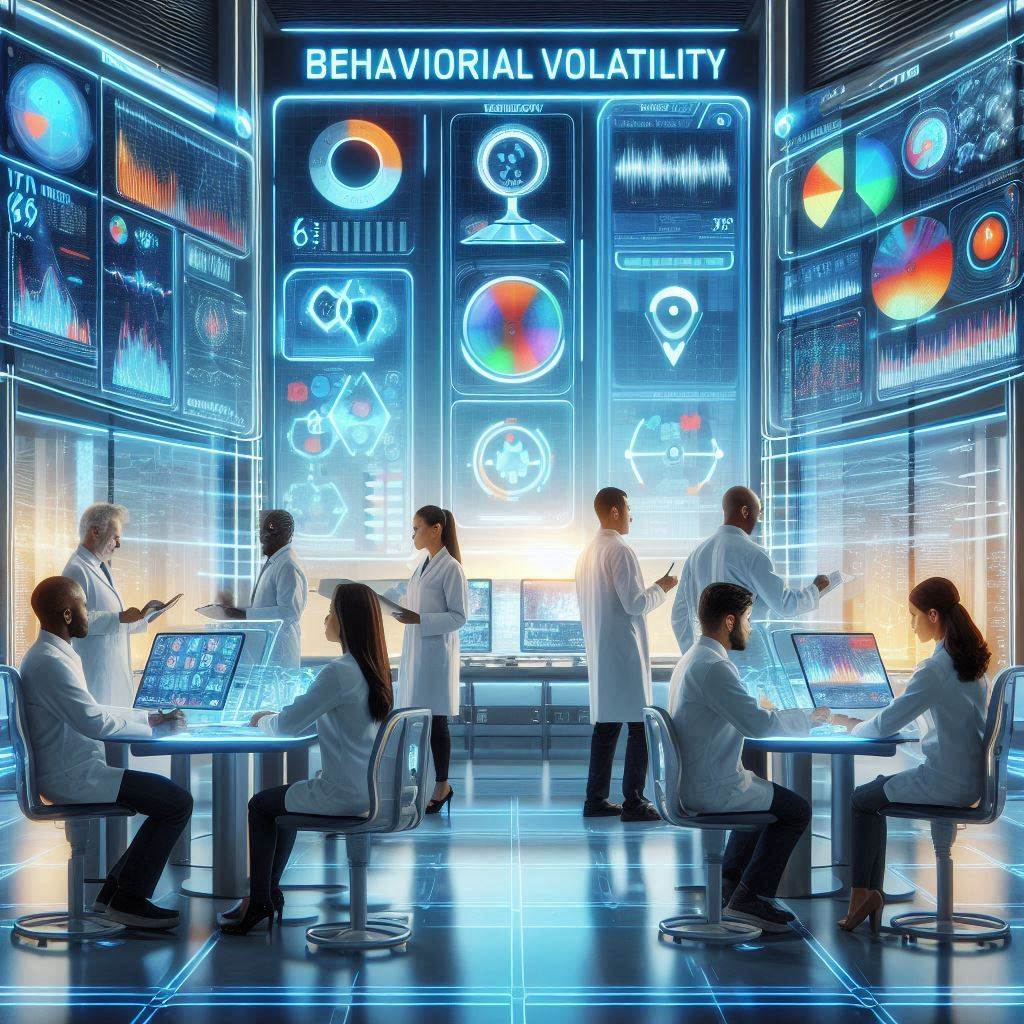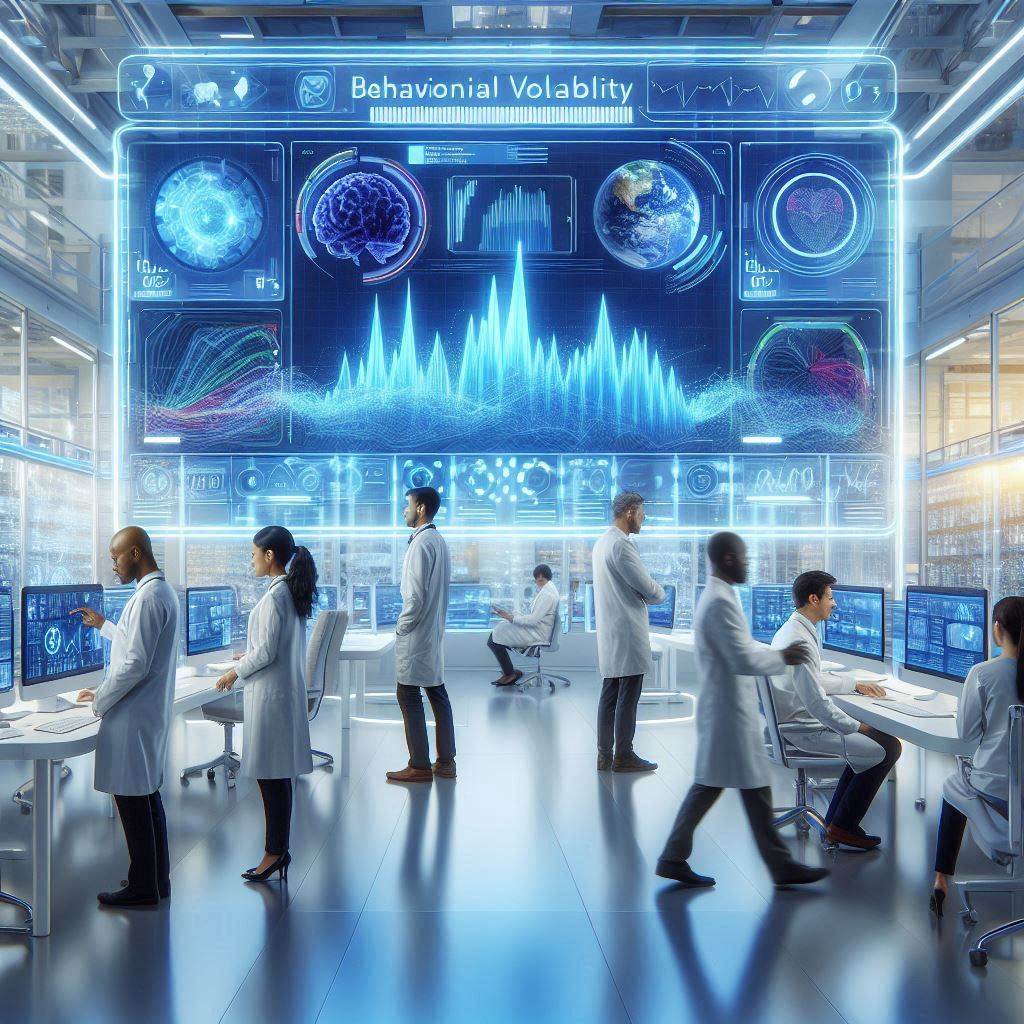Concept Explanation
- Behavioral Volatility Detectors are like early-warning seismographs — they don’t wait for the earthquake (market volatility) but detect the tiniest shifts under the surface (trader behavior) before the disaster happens.
- Imagine a captain reading the sea’s color and the flight of birds to predict a coming storm, even before the clouds gather. Similarly, AI systems spot micro-fluctuations in trader psychology that precede financial chaos.
- These detectors act like emotional thermometers in a trader’s mind, sensing when fear, greed, hesitation, or overconfidence spike — far before these emotions manifest in actual bad trades.
- Where traditional risk systems are fire alarms reacting to flames, Behavioral Volatility Detectors are like smoke-scenting wolves: they smell danger far earlier, allowing prop firms to intervene proactively.
- In the context of future prop firms, these AI tools will be as crucial as a racing car’s telemetry system — constantly feeding back subtle driver behavior (the trader) to prevent the crash (capital drawdown).

Main Features (Point Form)
- Micro-Behavioral Analysis:
Detects patterns such as hesitations before clicks, erratic position sizing, or unusual trading times. - Emotional Drift Indicators:
AI reads subtle cues in trading behavior to forecast psychological tilts — greed spikes, frustration dips, burnout curves. - Early-Stage Intervention:
Alerts prop firms long before a trader derails, giving mentors/coaches time to recalibrate strategy or psychology. - Customized Risk Flags:
Instead of one-size-fits-all, future prop firms will have trader-specific early warnings based on behavioral fingerprints. - Dynamic Capital Allocation:
Just as a Formula 1 car team adjusts strategies based on driver fatigue, future prop firms will allocate or pull back risk dynamically using behavioral insights.

Common Objections and Answers
Objection 1:
“Isn’t it over-invasive? Monitoring every little action feels like spying.”
Answer:
Think of it not as surveillance but as having a guardian angel riding shotgun — quietly tapping your shoulder when your hands start shaking on the steering wheel. Future prop firms will focus on support, not punishment.
Objection 2:
“Behavior isn’t always a predictor of outcomes. Maybe the trader is just experimenting?”
Answer:
True. Experimentation is vital. However, Behavioral Volatility Detectors distinguish between curious creativity (healthy) and erratic impulse (risky). It’s like a garden sensor knowing the difference between intentional watering and a destructive flood.
Objection 3:
“Won’t traders feel pressured to ‘act normal’ rather than honestly adjust strategies?”
Answer:
Future prop firms will design Behavioral Detectors to reward authentic adaptability, not rigid sameness. It’s like monitoring a musician’s practice — you expect mistakes, but you spot when fatigue or emotion start causing dangerous habits, not natural learning.
Objection 4:
“Technology can’t read human emotions perfectly. Isn’t there too much room for false positives?”
Answer:
Certainly, early versions may misfire. But just like weather forecasting evolved from guesswork to satellite precision, Behavioral Detectors will refine themselves with machine learning — becoming smarter by learning each trader’s personal weather patterns.
Why Future Prop Firms Will Rely on This
- In the fast-evolving ecosystem of future prop firms, where competition is fierce and capital protection is sacred, preemptive behavioral intelligence will become a basic requirement, not a luxury.
- Firms that can predict volatility before the chart shows it will dominate those reacting late. Behavioral Volatility Detectors are the chess players seeing five moves ahead, while others are still reacting to the last move.




